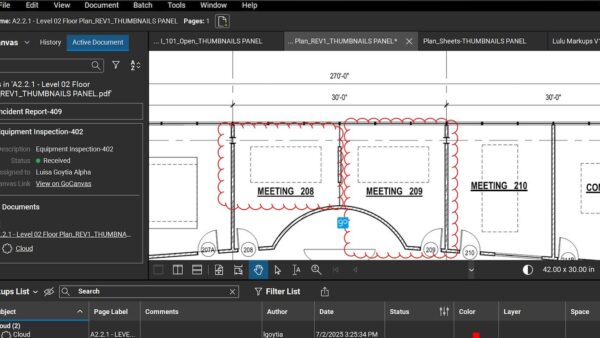Until recruiters and HR hiring managers understand the evolving role of the BIM manager, the problem with staff retention will remain, says Bronwen Lohlun, technical designer at architectural practice Arney Fender Katsalidis.
Traditionally construction was a profession for life. People worked at the same firm from graduation through to partnership.
The 21st century brought about technological changes rendering some positions obsolete while creating new ones, especially in building information modelling. At one point BIM managers picked their own salaries, as pressure from mystical Level 2 compliance requirements and the exact duties of a BIM manager were unclear.
The main issues were:
- Senior staff did not know what skills BIM managers should have;
- Firms had no benchmark of fair salary for years of experience or how to gauge competence;
- BIM staff tended to be bad at longevity. Five years is often considered a lifetime in a position where many average a year and a half to two years per post.
The last point is not necessarily a disadvantage. Someone previously employed with multiple forward thinking BIM-orientated firms is often more valuable than someone who has been in the same position for five years.
Staff experienced in multiple ways of working tend to be more flexible and quicker at creating real solutions. Moreover, these are often the people who actively research trends in the industry. It can be argued that staff who are too secure in their roles can get complacent about adapting or educating themselves to stay ahead.
Ultimately, though, it is healthier for business to retain knowledgeable staff who understand the ethos and vision of a firm while actively upscaling their skills as opposed to rehiring for a position every few years.
This means, in managerial terms, listening to staff and addressing company needs. BIM staff who move fairly often tend to do so for two main reasons.
First, they were hired to fulfil a task with unclear targets. Eventually, it becomes apparent they are unable to achieve goals due to an inability to purchase the necessary software/hardware, a lack of support in offering adequate training to staff or a lack of authority in being able to overhaul an existing system.
Second, and more unusually, they are successful in BIM implementation, at which point the role is one of maintenance and auditing rather than a challenge and they then seek a more invigorating position.
There is a third cause – when high expectations are placed on under-skilled employees who eventually realise their incompetency is becoming apparent and they resign, instead of actively addressing the issue with management.
To combat all three, it is important a company ascertains its requirements before recruiting. This means understanding both the limitations a prospective employee may have and where their skills supplement shortages in the firm.
The biggest issue for directors hiring BIM staff is the knowledge of what defines a good BIM manager.
Ideally one recruits for the complete package. This entails someone fairly senior who is competent, able to grasp tasks required, able to foresee company demands while relating to administrative duties, creative at problem solving and having client interfacing salesmanship. This means someone driven autonomously but able to work harmoniously with the greater team. The fact is, people with all these qualities are rare.
Often the people most knowledgeable of software are disengaged from the construction process and the needs of the users, hence many offices attempting to use traditional architects for the role. This, however, leaves them overly stretched in terms of workload.
At Arney Fender Katsalidis there is an ethos of mentorship, with senior staff passing on skills to junior team members. This allows everyone to step up the ladder. In the case of BIM management this means training staff to take on responsibilities and skills that may traditionally be part of a BIM manager role to spread the skill set.
This also means someone skilled in the software can learn about the construction process, while someone who is adept at project delivery better understands how a new system may reap long-term benefits, although more onerous at the start.
Until recruiters and HR hiring managers understand the real role each staff member should fulfil within an organisation, the problem with staff retention will remain.
With BIM professionals, we have an early chance to make this right. One suggestion for doing so has been to task professional construction institutions like CIOB and RIBA with clearly defining BIM roles, and to keep them up-to-date as the industry progresses. Private companies and sector-specific recruiters have to contribute, however, by defining how their business and job roles have evolved, thereby feeding into the knowledge pool as the technology, and the support it needs, develops.

Often the people most knowledgeable of software are disengaged from the construction process and the needs of the users, hence many offices attempting to use traditional architects for the role. This, however, leaves them overly stretched in terms of workload.– Bronwen Lohlun, Arney Fender Katsalidis














